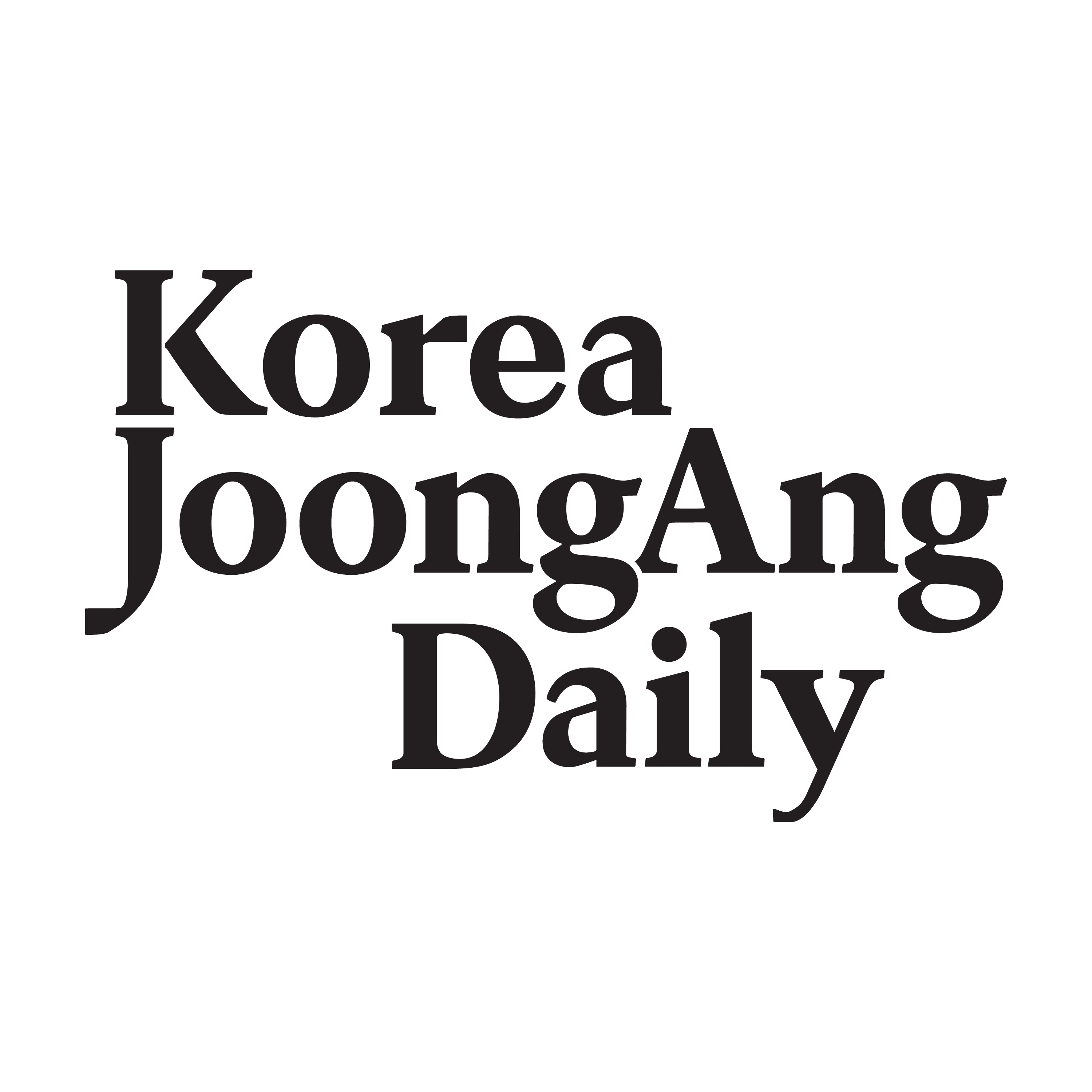Listen "U.S. economy at the end of Trump's term"
Episode Synopsis
Kim Byung-yeon
The author is a chair professor of economics at Seoul National University.
The recent agreement on U.S.-Korea tariff negotiations eased uncertainty surrounding Korea's security and economy. Both sides recognized that the risks of not compromising were too great. Yet the greatest uncertainty remains the future of the United States. With Seoul's economy and security now more closely tied to Washington's, the United States' trajectory is inseparable from Korea's own.
Can the U.S. economy recover enough to fend off China's challenge, or will it quickly decline?
U.S. President Donald Trump has used tariffs to curb the increase in government debt. Exceeding 120 percent of gross national income, debt is the most pressing issue for the U.S. federal government, and it spends more on interest payments than on defense. If this continues, its ability to govern domestically and sustain its strategic competition with China will be severely limited.
Reducing deficits usually requires tax hikes and spending cuts, neither of which is politically viable. Trump instead opted for a workaround: imposing bilateral tariffs on foreign nations to generate revenue while avoiding direct tax increases. In doing so, he disrupted the multilateral trade system that had supported global commerce for decades.
Tariff revenues help reduce deficits and debt. But the fiscal effects of his signature "One Big Beautiful Bill Act" (OBBBA) - which combines tax cuts and increased government spending - offset tariff gains. As a result, total debt will remain largely unchanged. However, with economic growth increasing national income, the debt ratio, now at 125 percent, could fall to the high 110 percent range by the end of Trump's current term.
Even so, tariffs act as a hidden tax on U.S. citizens. Higher tariffs raise prices, making not only foreign exporters but also U.S. importers and consumers shoulder the burden. Tariffs are also regressive, placing a heavier burden on lower income households.
The United States' deeper problem is income inequality. The U.S. Gini coefficient, at 0.49 before taxes, is the highest it has been since the early 20th century. It is 0.09 points higher than it was in the 1970s and is comparable to levels seen before the Great Depression. Some economists warn that extreme inequality can trigger war or financial crises. When combined with political polarization, it threatens democracy itself.
Tariffs and the OBBBA are likely to worsen inequality. According to Yale University's Budget Lab, the combined effects will reduce income for the bottom 10 percent of households by 7 percent, and income for the top 10 percent will rise by 1.5 percent.
The Trump administration has placed great hope in reviving advanced manufacturing to create quality jobs, rebuild the middle class and restore the country's industrial base. If the United States can re-establish a domestic ecosystem for high-tech manufacturing, it believes it will gain a decisive edge over China. As domestic capital is insufficient, tariffs are being used to attract foreign capital as a catalyst.
Yet two major barriers stand in the way. The first is labor. In 2024, the ratio of gross capital formation to gross national income reached 21.7 percent. Korean and Japanese investments tied to the tariff deal, along with foreign corporate investments, could raise the figure to around 23 percent - the highest since the 1960s. But the unemployment rate is 4.3 percent, only slightly above the estimated full employment rate of 4.1 percent. And strict anti-immigration policies could lead to labor shortages and rising wages, impeding factory construction.
The second barrier is cultural. U.S. education and social norms favor creativity, innovation and services more than mass production. East Asia currently dominates high-tech manufacturing, partly due to educational and cultural systems suited to the industry. Changing a national culture in a short time is difficult and carries unce...
 ZARZA We are Zarza, the prestigious firm behind major projects in information technology.
ZARZA We are Zarza, the prestigious firm behind major projects in information technology.
